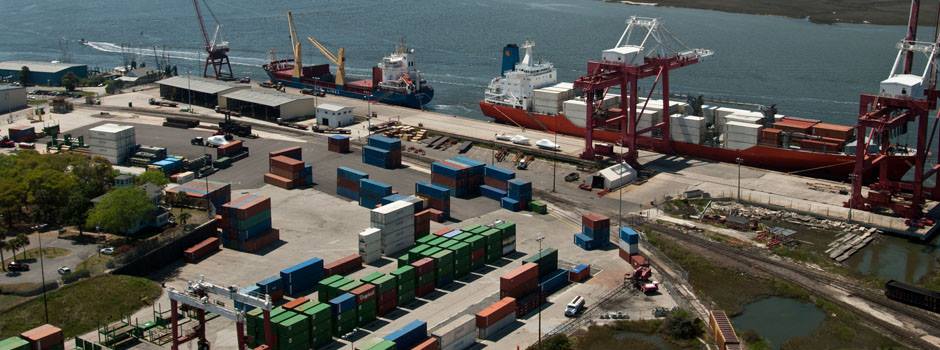
A new report shows investments in Florida’s 15 seaports have positioned the state to answer supply chain demands and take advantage of a realignment in global trade routes.
The Seaport Mission Plan, Florida Ports: Open for Business, released by the Florida Seaport Transportation and Economic Development Council (FSTED), analyzes the health and capabilities of Florida ports, as well as trends on the horizon.
The report comes as 29 West Coast ports are working without a negotiated labor contract, and many shippers have already changed lanes to reroute to East Coast ports over fears that 2022 labor negotiations could lead to similar strikes, lockouts and slowdowns as those that occurred in 2002, 2008, 2012 and 2014.
“Florida’s continued investment in our seaports have made it a destination for companies from around the world frustrated with the logjams at Pacific coast ports,” said Gov. Ron DeSantis. “We will continue to make the investments necessary to bolster our supply chain and improve our infrastructure to bring more business to Florida’s seaports.”
Florida’s strong performance has already resulted in global shipping lines changing trade lanes to Florida ports. New lines of business recently secured include Sea Lead Shipping’s new Asia East Coast container service making its inaugural call to JAXPORT in June; a new direct Asia service at Port Tampa Bay, with new service connections with Mexico and Central America secured; and the launch of MSC’s Zephyr service from northern China and South Korea to the U.S. Gulf Coast, including Port Everglades.
“Florida’s seaports are flexing their muscles and seizing the opportunity to become a global hub by capturing an even larger share of international trade and related commercial activities,” said Michael Rubin, FSTED Program Administrator.
According to the report, total inbound and outbound tonnage moving through Florida ports increased by 118% last year and individual ports recorded large year-over-year increases, with Port Miami recording its busiest cargo year in history.
About $4.5 billion in port improvements have been identified over the next five years. About three-quarters of the total will go to improvements at Atlantic Coast ports.

